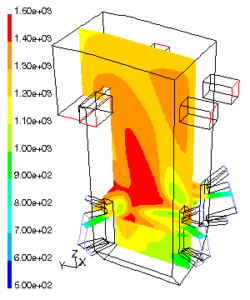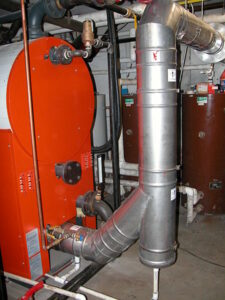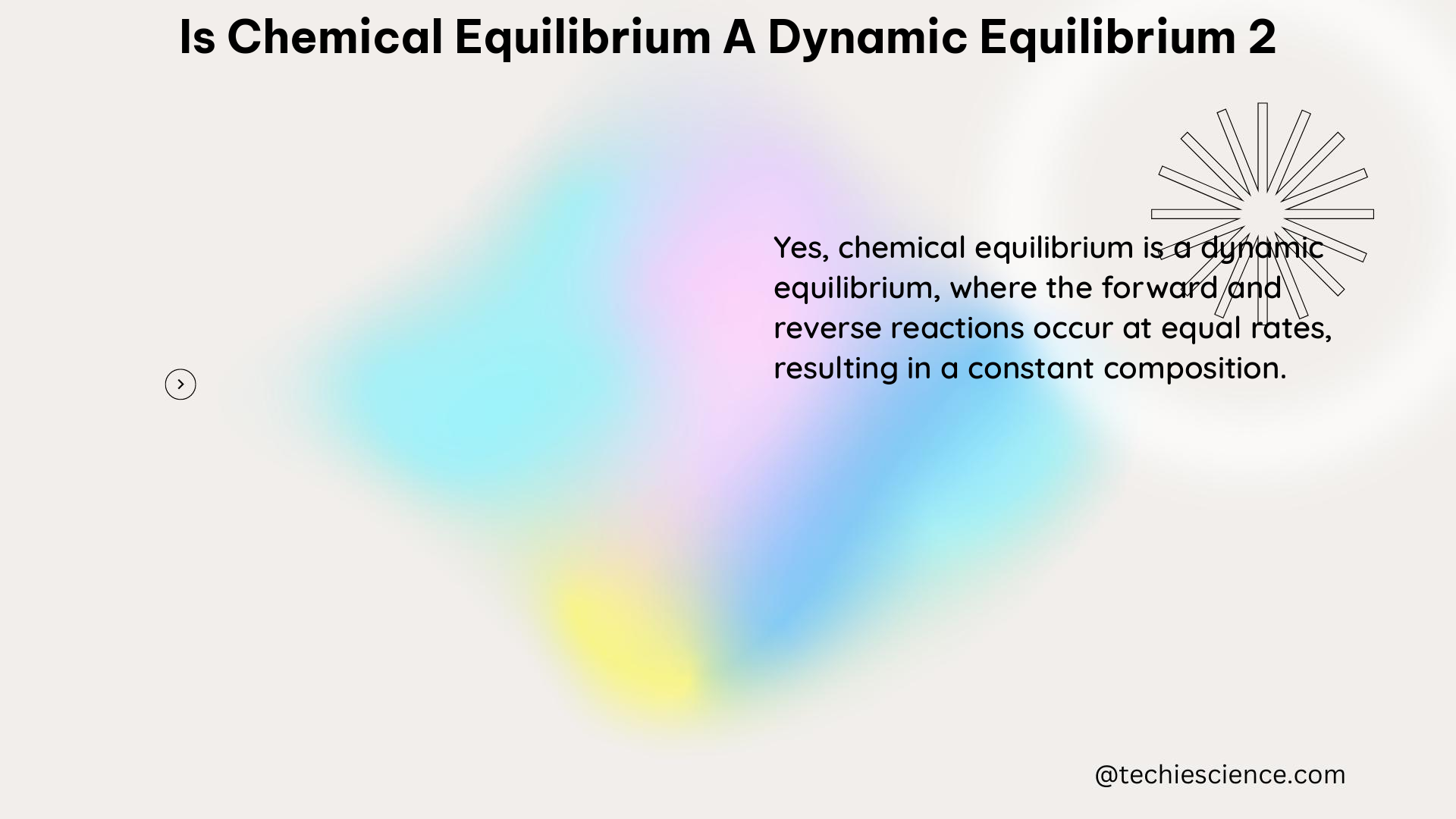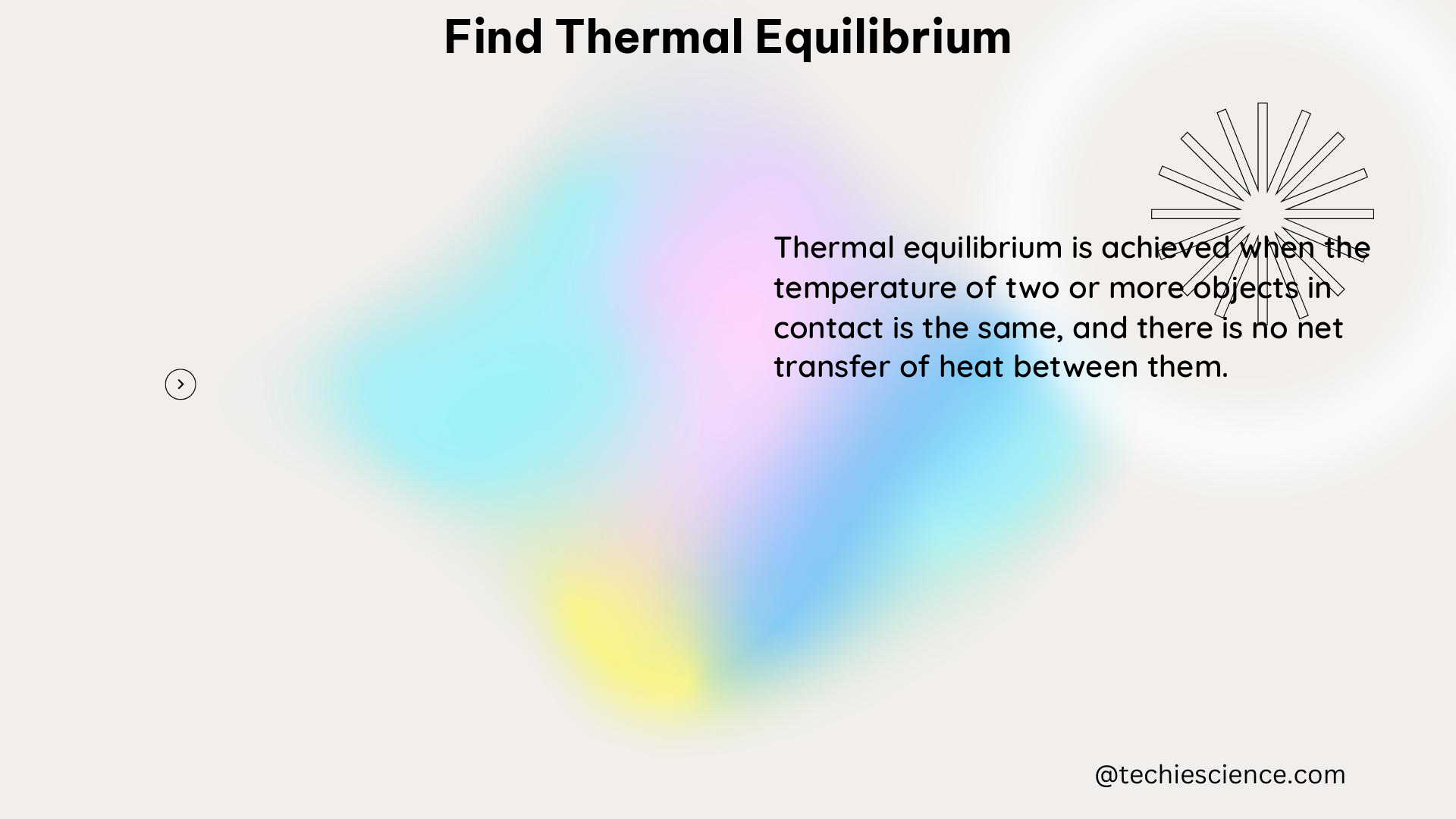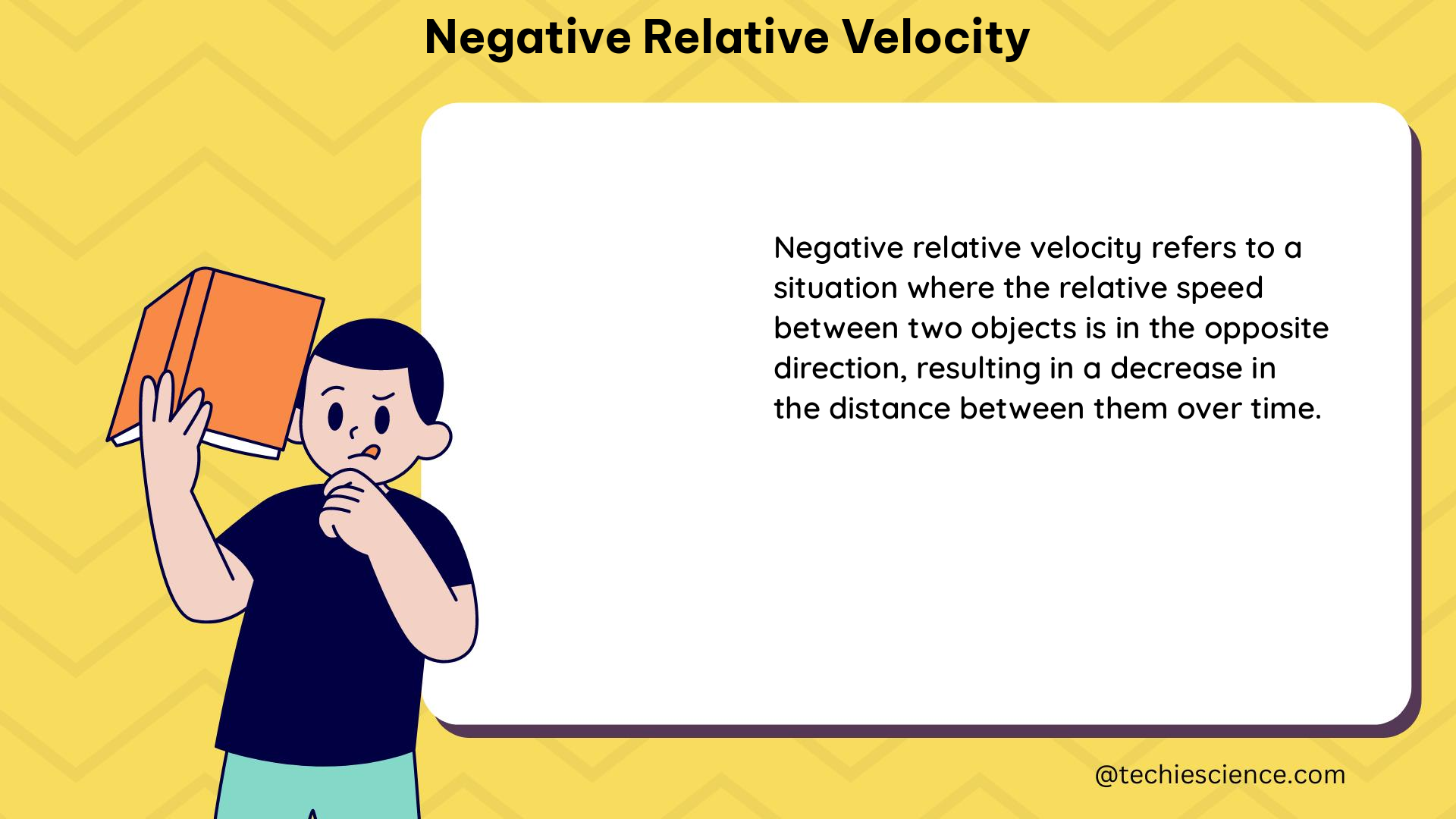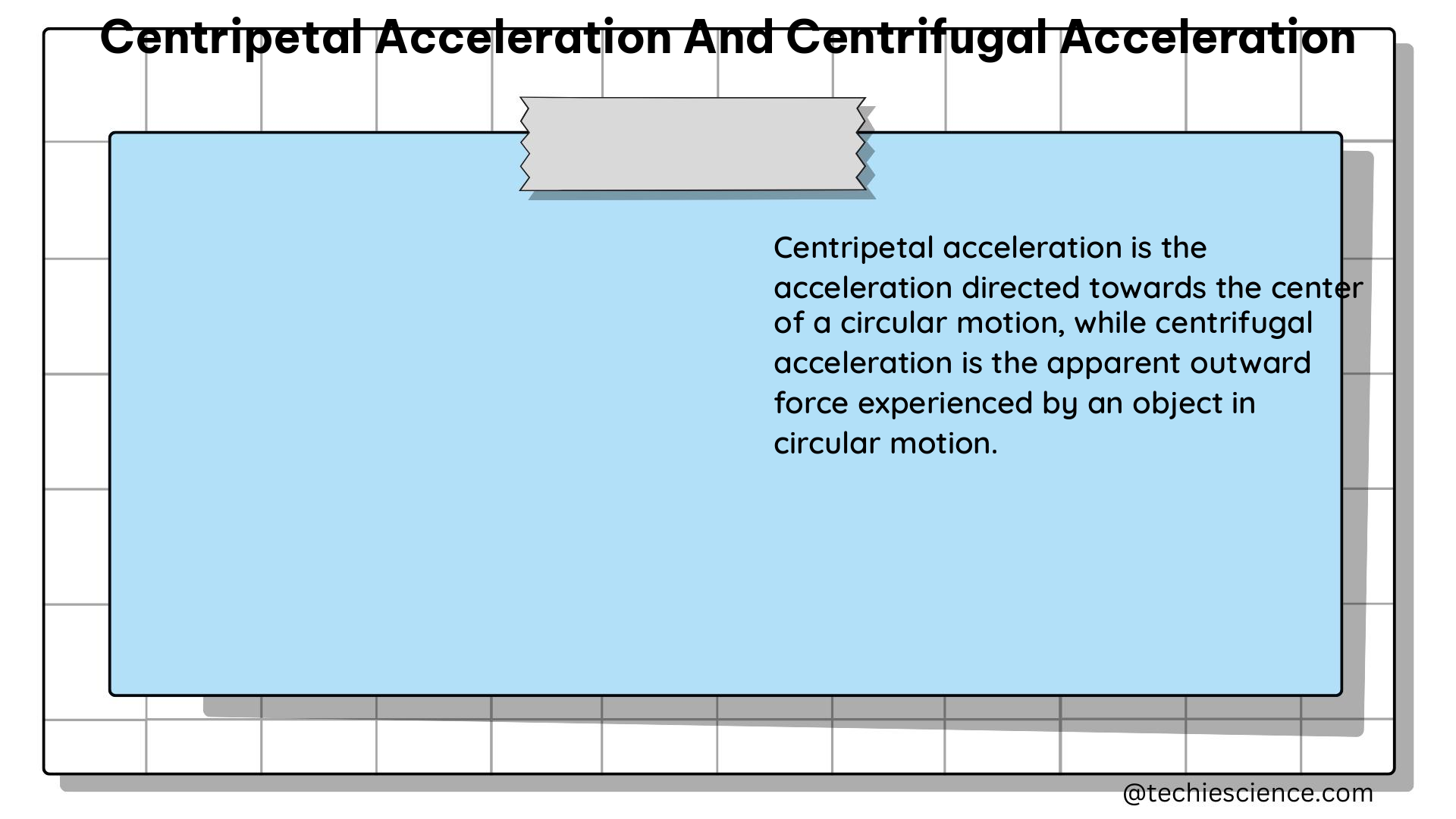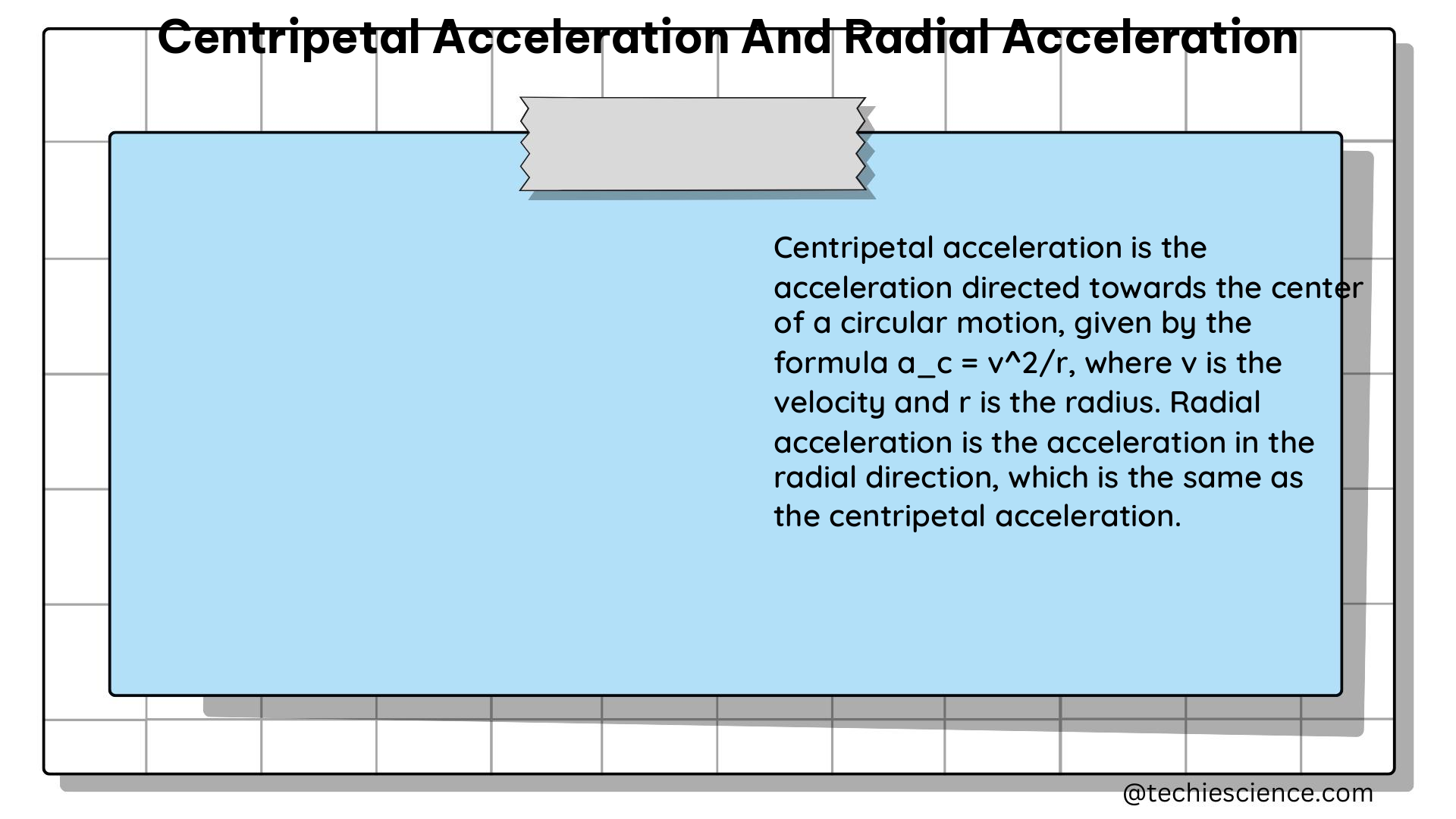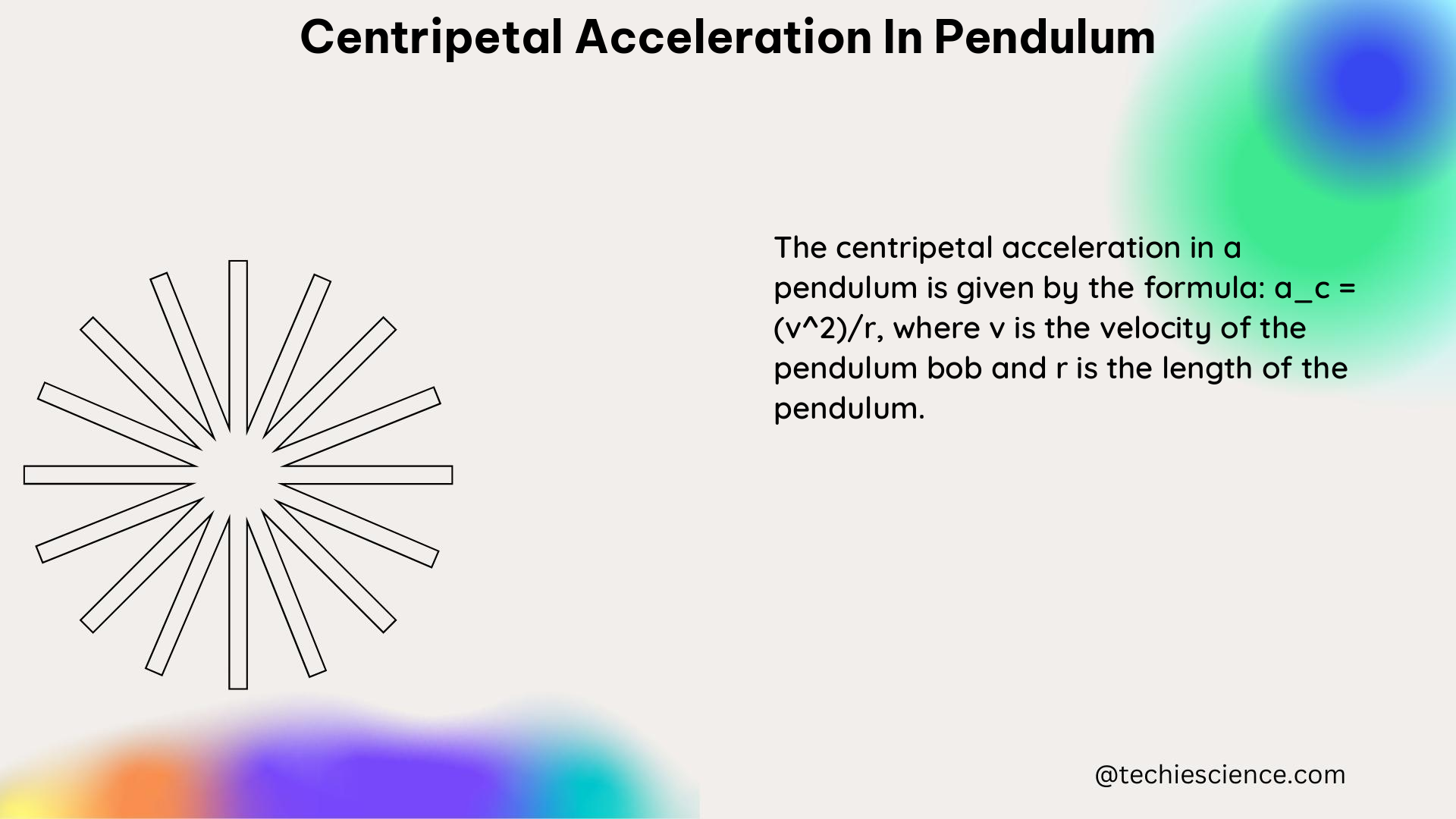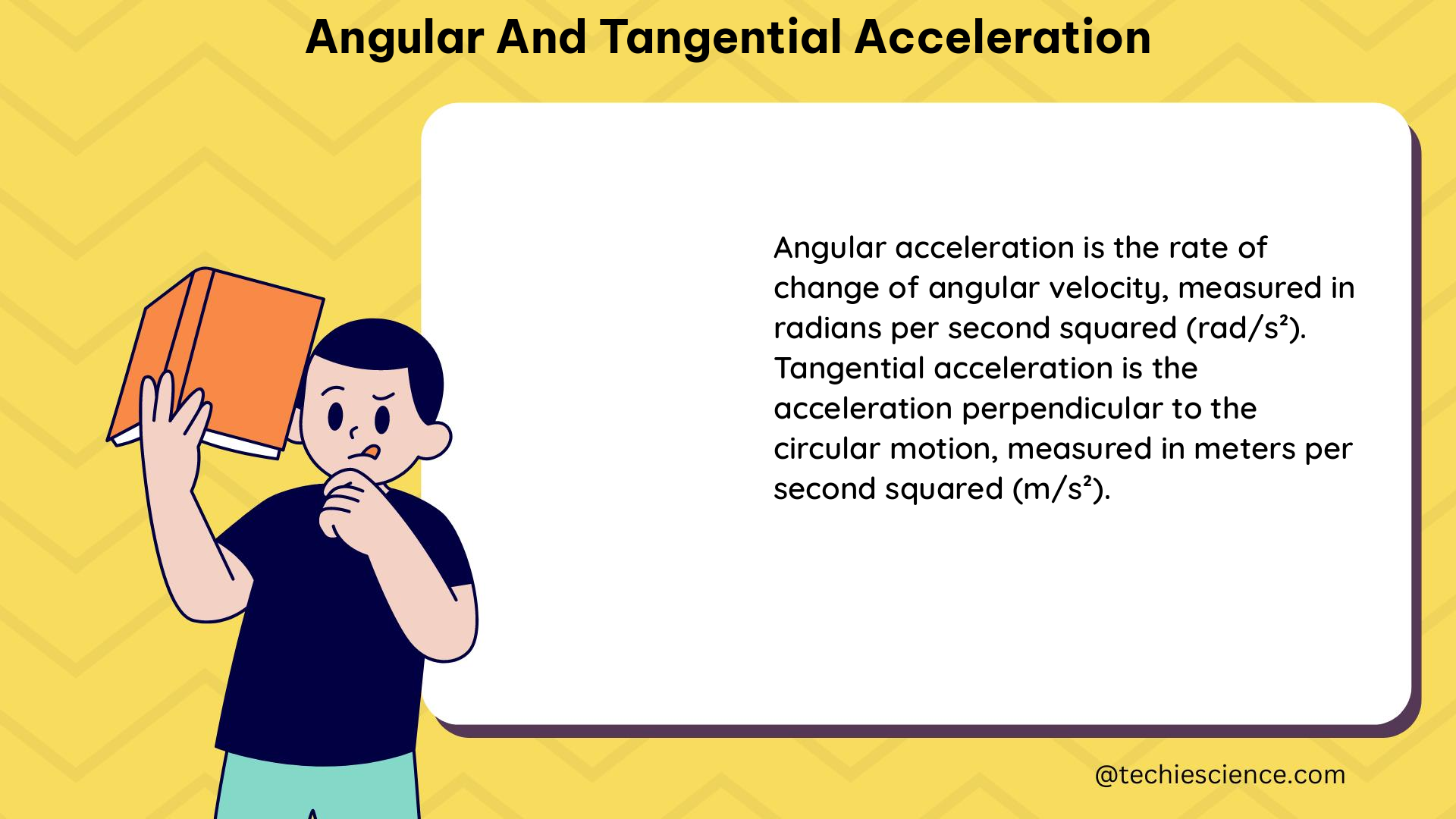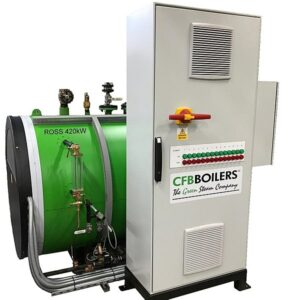Reaction and dynamic equilibrium refer to the state of a chemical system where the forward and reverse reactions occur at equal rates, resulting in no net change in the concentrations of reactants and products over time. This state is characterized by several measurable and quantifiable properties, which are crucial for understanding and predicting the behavior of chemical systems.
Constant Concentrations
At dynamic equilibrium, the concentrations of reactants and products remain constant over time. This means that the rate of the forward reaction is equal to the rate of the reverse reaction, resulting in no net change in the concentration of any species in the system. Consider the following reversible reaction:
[\text{A} + \text{B} \rightleftharpoons \text{C} + \text{D}]
At dynamic equilibrium, the concentrations of A, B, C, and D do not change over time, even though the reactions are still occurring in both directions. This can be expressed mathematically as:
[\frac{d[A]}{dt} = \frac{d[B]}{dt} = \frac{d[C]}{dt} = \frac{d[D]}{dt} = 0]
where [A], [B], [C], and [D] represent the concentrations of the respective species, and t is time.
Reaction Cross Section
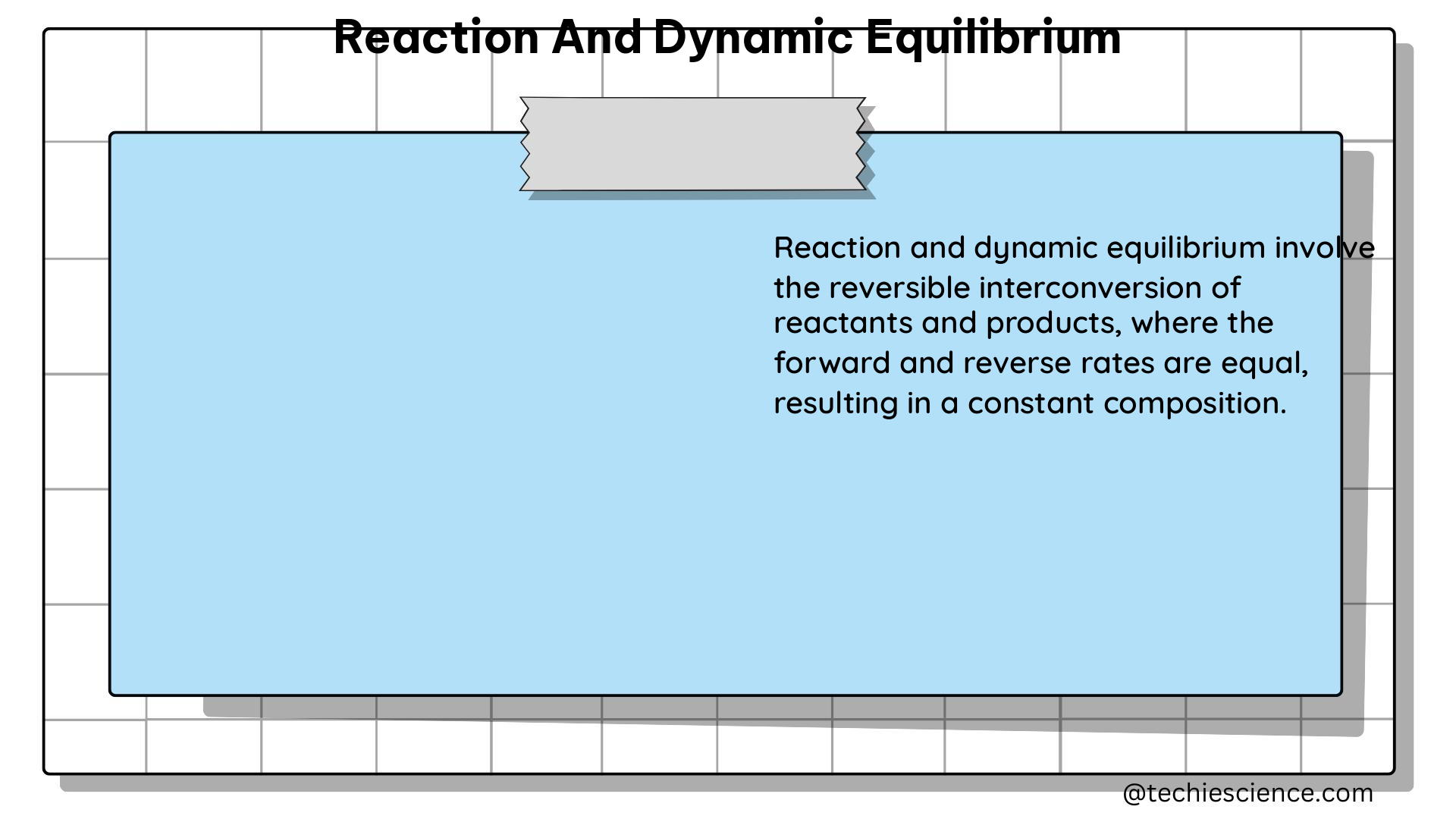
The reaction cross section is a measure of the probability that two reactant particles will collide and undergo a reaction. At dynamic equilibrium, the reaction cross section remains constant, indicating that the rate of the forward reaction is equal to the rate of the reverse reaction. The reaction cross section can be expressed as:
[\sigma = \pi r^2]
where σ is the reaction cross section, and r is the effective radius of the reactant particles.
Rate Constants
The rate constants for the forward and reverse reactions are related to the reaction cross section and the concentrations of the reactants and products. At dynamic equilibrium, the rate constants for the forward and reverse reactions are equal, indicating that the rates of the forward and reverse reactions are equal. The rate constants can be expressed using the Arrhenius equation:
[k = A e^{-\frac{E_a}{RT}}]
where k is the rate constant, A is the pre-exponential factor, Ea is the activation energy, R is the universal gas constant, and T is the absolute temperature.
Equilibrium Constant
The equilibrium constant (Keq) is a measure of the ratio of the concentrations of products to reactants at dynamic equilibrium. It is defined as:
[K_{eq}=\dfrac{[C]^x[D]^y}{[A]^m[B]^n}]
where [A], [B], [C], and [D] are the concentrations of the reactants and products, and m, n, x, and y are the stoichiometric coefficients of the reaction. At dynamic equilibrium, the value of Keq remains constant, indicating that the concentrations of the reactants and products are in a fixed ratio.
The equilibrium constant can be calculated from the standard Gibbs free energy change (ΔG°) of the reaction using the following equation:
[K_{eq} = e^{-\frac{\Delta G^{\circ}}{RT}}]
where R is the universal gas constant, and T is the absolute temperature.
Temperature Dependence
The rate constants for the forward and reverse reactions are dependent on temperature, with higher temperatures generally leading to faster reaction rates. This is due to the increased kinetic energy of the reactant particles, which increases the probability of successful collisions.
However, the equilibrium constant (Keq) is independent of temperature, indicating that the ratio of the concentrations of products to reactants remains constant over a range of temperatures. This is because the temperature dependence of the forward and reverse rate constants cancels out in the expression for Keq.
The relationship between the equilibrium constant and temperature is given by the van ‘t Hoff equation:
[\frac{d\ln K_{eq}}{dT} = \frac{\Delta H^{\circ}}{RT^2}]
where ΔH° is the standard enthalpy change of the reaction.
Numerical Examples
- Reversible Reaction: Consider the following reversible reaction at 25°C:
[\text{2NO} + \text{O}_2 \rightleftharpoons 2\text{NO}_2]
The equilibrium constant (Keq) for this reaction is 4.0 × 10^3. If the initial concentrations of NO and O2 are 0.10 M and 0.050 M, respectively, calculate the concentrations of all species at equilibrium.
Given:
– Keq = 4.0 × 10^3
– [NO]₀ = 0.10 M
– [O₂]₀ = 0.050 M
Using the equilibrium expression:
[K_{eq} = \frac{[NO_2]^2}{[NO]^2[O_2]}]
Let x be the change in concentration of each species at equilibrium. Then, the equilibrium concentrations are:
– [NO] = 0.10 – x
– [O₂] = 0.050 – x/2
– [NO₂] = x
Substituting these values into the equilibrium expression, we get:
[4.0 \times 10^3 = \frac{x^2}{(0.10 – x)^2(0.050 – x/2)}]
Solving this equation numerically, we find that x = 0.098 M. Therefore, the equilibrium concentrations are:
– [NO] = 0.10 – 0.098 = 0.002 M
– [O₂] = 0.050 – 0.098/2 = 0.001 M
– [NO₂] = 0.098 M
- Temperature Dependence: Consider the following reversible reaction:
[\text{N}_2(g) + 3\text{H}_2(g) \rightleftharpoons 2\text{NH}_3(g)]
The standard enthalpy change (ΔH°) for this reaction is -92.4 kJ/mol. Calculate the change in the equilibrium constant (Keq) when the temperature is increased from 25°C to 50°C.
Given:
– ΔH° = -92.4 kJ/mol
– T₁ = 25°C (298 K)
– T₂ = 50°C (323 K)
Using the van ‘t Hoff equation:
[\frac{d\ln K_{eq}}{dT} = \frac{\Delta H^{\circ}}{RT^2}]
Integrating the equation between the two temperatures, we get:
[\ln\left(\frac{K_{eq,2}}{K_{eq,1}}\right) = \frac{\Delta H^{\circ}}{R}\left(\frac{1}{T_1} – \frac{1}{T_2}\right)]
Substituting the values, we get:
[\ln\left(\frac{K_{eq,2}}{K_{eq,1}}\right) = \frac{-92.4 \times 10^3 \text{ J/mol}}{8.314 \text{ J/(mol·K)}}\left(\frac{1}{298 \text{ K}} – \frac{1}{323 \text{ K}}\right)]
Solving this equation, we find that Keq,2 / Keq,1 = 0.67. This means that the equilibrium constant decreases by a factor of 0.67 when the temperature is increased from 25°C to 50°C.
These examples demonstrate the application of the principles of reaction and dynamic equilibrium to solve practical problems in chemistry. By understanding the relationships between the various properties, such as concentrations, rate constants, and equilibrium constant, chemists can predict and control the behavior of chemical systems at equilibrium.
References:
- Atkins, P., & de Paula, J. (2014). Atkins’ Physical Chemistry (10th ed.). Oxford University Press.
- Silbey, R. J., Alberty, R. A., & Bawendi, M. G. (2005). Physical Chemistry (4th ed.). Wiley.
- Levine, I. N. (2009). Physical Chemistry (6th ed.). McGraw-Hill.
- Chang, R., & Goldsby, K. A. (2013). Chemistry (11th ed.). McGraw-Hill.
